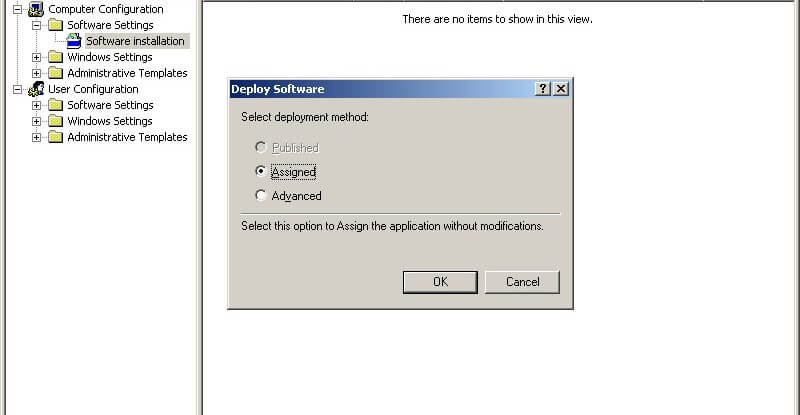Network administrators often have to deploy new software on the network as it’s one of their main job duties. However, not all of them actually like doing this. There is always a number of troubles a manager can face while trying to initiate new programs on the network.
Today, we’re going to speak about such kinds of problems and will give you several simple clues on how to fix the problems.
Several Problems That Can Spoil the Life of the Network Manager
Deploying a new software on the network is often a tiresome process. Firstly, it requires your time and energy. You have to be a real specialist to do everything correctly, and even if you make any mistakes during the installation process, you are required to know how to fix them properly.
Network managers who are employed by large companies can’t deploy necessary software on the network manually as the number of devices can be really huge. In addition, even if you have a special employee who would be responsible for deploying new programs, you often become dependent on this person, and when he or she is off work, you may face some troubles with finding an employee who has enough knowledge and skills to do this work.
Deployment Software: a Handy Tool to Manage Your Network
The problem of deploying new programs on the network can be fixed with the help of a remote software installer. This is a program to help you initiate new software and manage the old one.
The main advantages of using this tool are the following:
- When you apply for a special program to install other programs on the network automatically, you often get more time to fulfill the other job duties;
- The installation process can be initiated with a mouse click, and you’re the one who determines how many software packages will be installed per a machine;
- An automatic software deployment tool doesn’t require any special knowledge or skills so anyone can use it.
Once you’ve decided to deal with a deployment software, you may try your hands with Total Deployment Software (TDS). This program can be used as a deployment and inventory tool. It’s very easy to use it: you just specify the type and number of installation packages and determine the number of machines to take part in the installation process and initiate the process with a mouse click.





